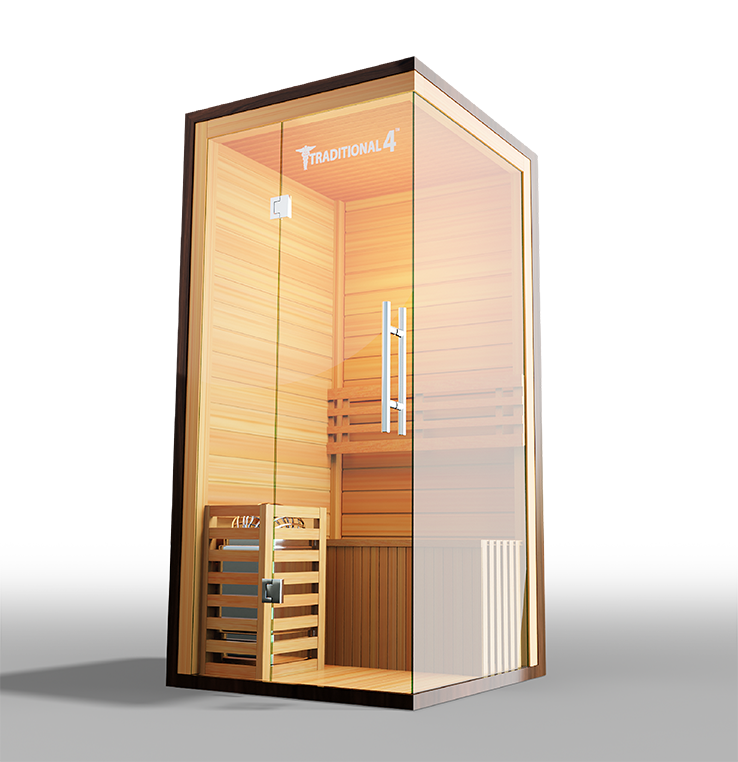Unknown Facts About Traditional Sauna
Unknown Facts About Traditional Sauna
Blog Article
5 Simple Techniques For Traditional Sauna
Table of ContentsTraditional Sauna for DummiesThe Only Guide to Traditional SaunaThe 6-Minute Rule for Traditional SaunaTraditional Sauna for BeginnersIndicators on Traditional Sauna You Need To Know
The majority of the weight lost in a sauna is water loss and is re-gained upon rehydrating. Without a doubt sauna can be an essential part of a healthy weight loss program. To take a look at the differences between traditional and IR saunas, I will certainly separate these right into verifiable, theoretical, and made distinctions.Hence, the hottest factor in the saunawhich is at the ceiling directly over the sauna heateris typically in between 185 and 190 F. Claims that a typical sauna surpasses 200 F is simply not real and not appropriate for electric saunas offered in the US. The temperature for a far-infrared sauna is generally set in between 120 and 140 F; nonetheless, unlike the typical sauna, the goal in and IR area is not to accomplish a heat.
Since of this, the temperature distinction is almost irrelevant, given that excessive sweating leads to both sauna kinds, however the technique of warming the body is different. In an IR sauna the bather will feel warm and will sweat profusely, yet at a lot reduced temperature levels (Traditional Sauna). Thus, if the objective is to invest longer amount of times in the sauna, the IR sauna is a great option
When a conventional sauna has been appropriately heated, the sauna walls are warm, the air temperature has attained set temperature and the rocks are extremely heated. As an intriguing side note, the warmed wall surfaces and the rocks are producing far-infrared heat, incorporated with the warmed air, to develop an "wrapping up warmth".
Unknown Facts About Traditional Sauna

When the high temperature is attained, the components cycle on and off to keep the high temperature. Most traditional sauna users delight in putting water over the rocks to create steam to increase sauna humidity levels. The benefits of pouring water over the rocks consist of: making the room more comfy, moistening the nasal passages, and enabling the use of aromatherapy by blending vital oils with the water.

When the power gets in the body, it causes the body temperature level to boost and inevitably leads to sweating. In an infrared sauna it is necessary for the emitters/heaters to stay on almost constantly. Given that there is no mass of rocks to maintain warm, the sauna will certainly cool if the emitters shut down.
As mentioned above, the sauna bather in an infrared area desires to position himself in front of running emitters to obtain optimal advantage from the warm. The home heating time for both areas can be really various, depending on just how the spaces are made use of. For a standard sauna, a bather should allow 30-40 minutes for the area to attain a desired temperature and to properly pre-heat the rocks.
Some Known Details About Traditional Sauna
A well built sauna will normally accomplish a temperature of 150-160 F in concerning 30-40 mins. For hotter temperatures, the room may require to warm for a longer period.

Traditional saunas have a tendency to be larger (hence use more power) than infrared saunas, although standard saunas are certainly available in one and two individual sizes. For a two-person traditional sauna, 5x6 or 5x7 dimension is most popular. The you could try here leading bench can comfortably seat 2 or 3 individuals and check here is also long sufficient to rest during the sauna session.
The Facts About Traditional Sauna Revealed
The average expense per kWH of electrical energy in the united state is approximately $0.11, so a 4.5 kW heater will set you back roughly $.50 to compete one hour, if the heater runs continuously for one hour. Normally a sauna heating system will certainly compete 75% of the initial hour and 50% of subsequent hours on considering that the aspects cycle once the set temperature level is accomplished.

There is a hardly ever reviewed difference in the social experience in between the two areas. While our society has lost several of the social benefit of the typical sauna experience, it can be extremely socially gratifying (Traditional Sauna). From family time in the sauna, to heart-felt discussions with considerable others, to sauna partiesthe traditional sauna experience can cause intimate interacting socially
4 Easy Facts About Traditional Sauna Described
The majority of greater end infrared areas consist of colored light treatment, audio systems and full-glass fronts.
Report this page